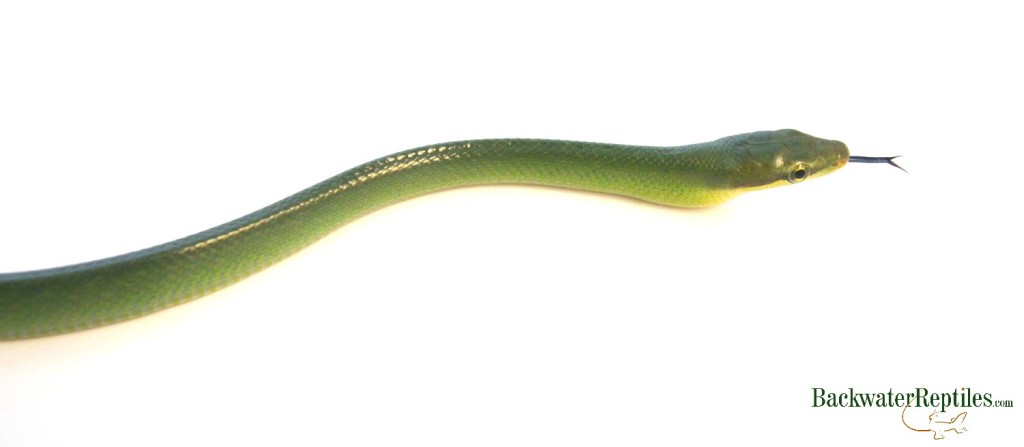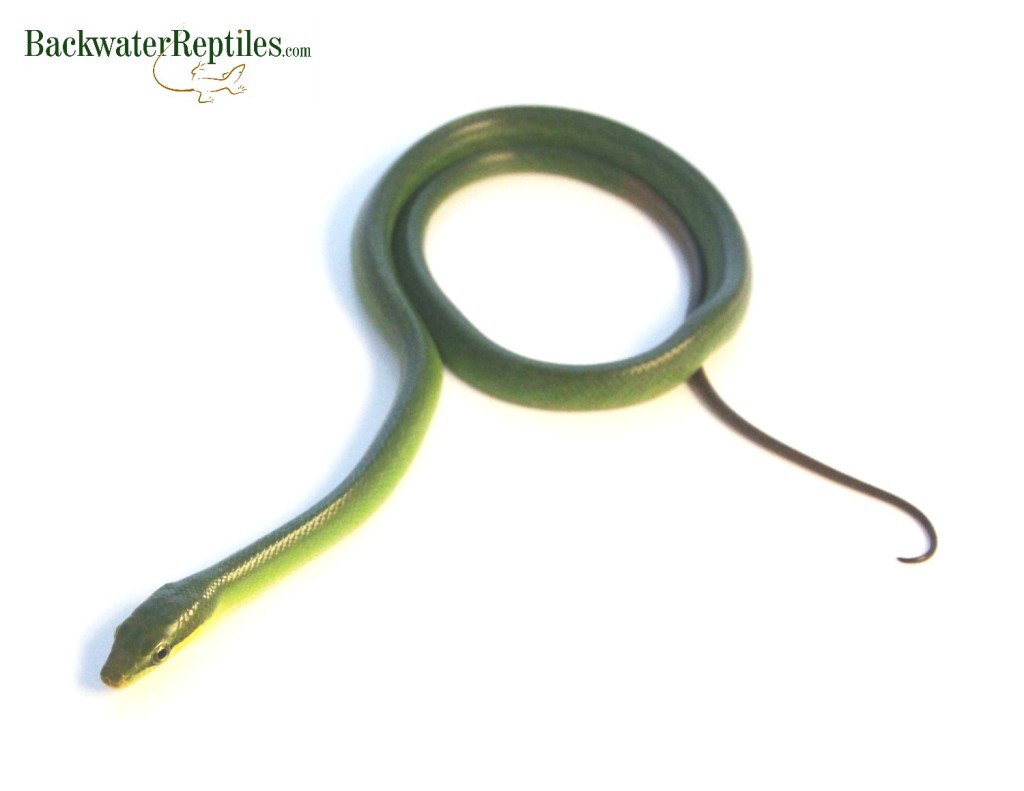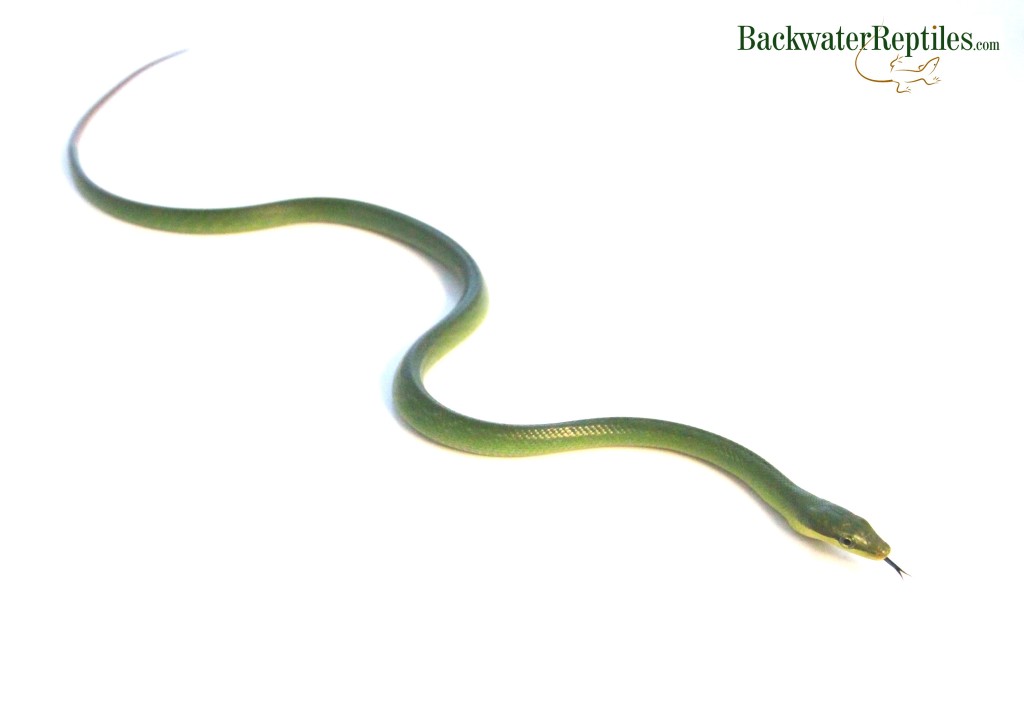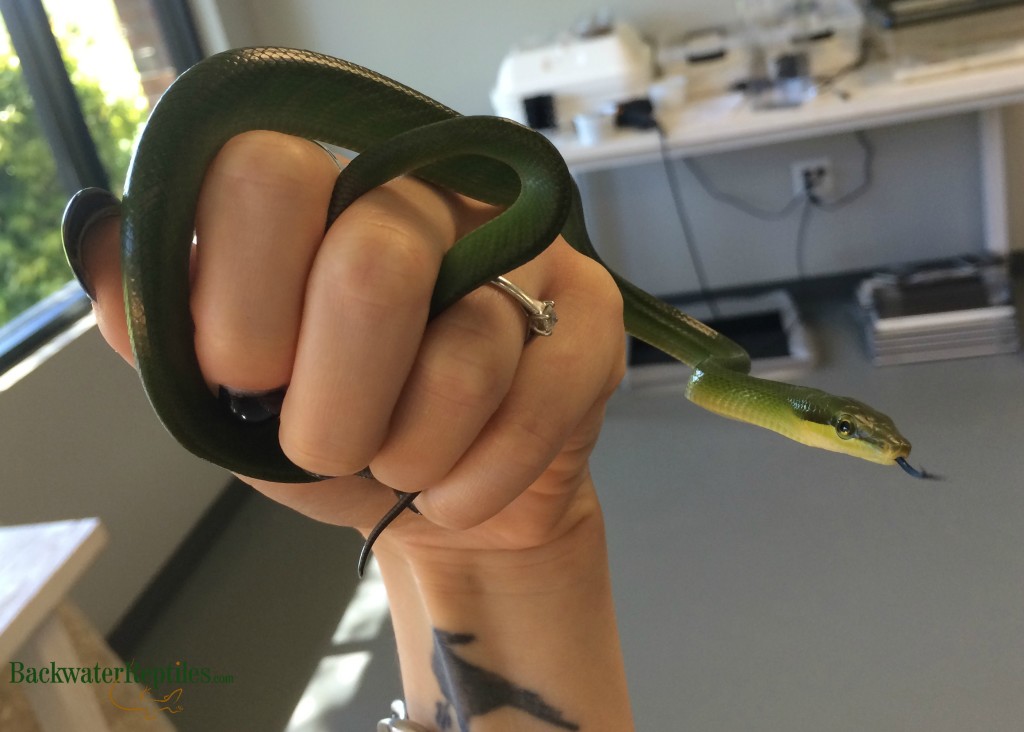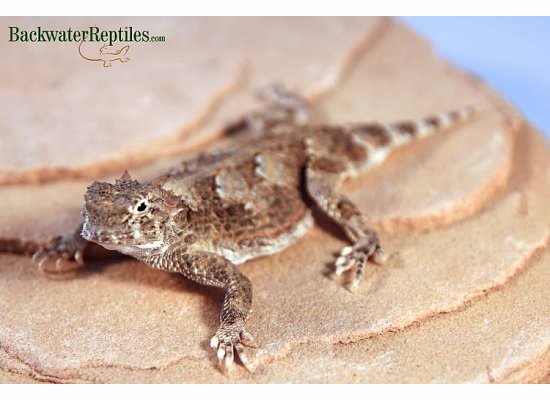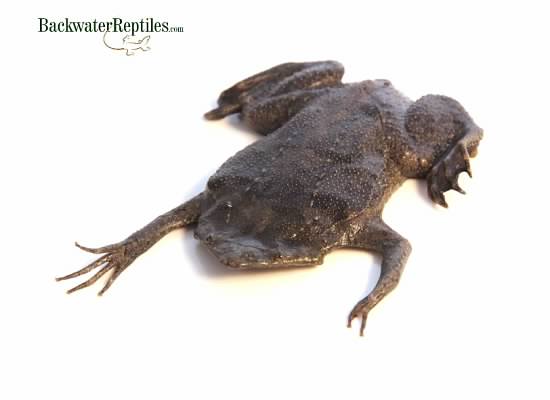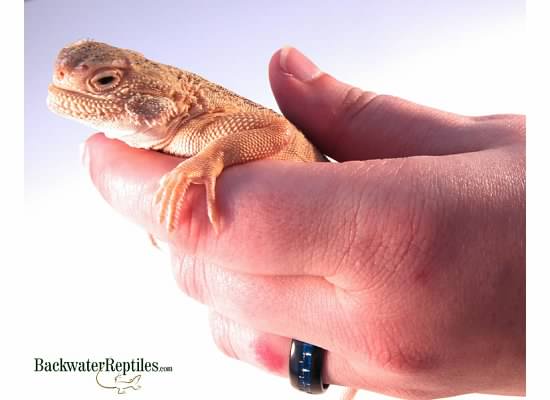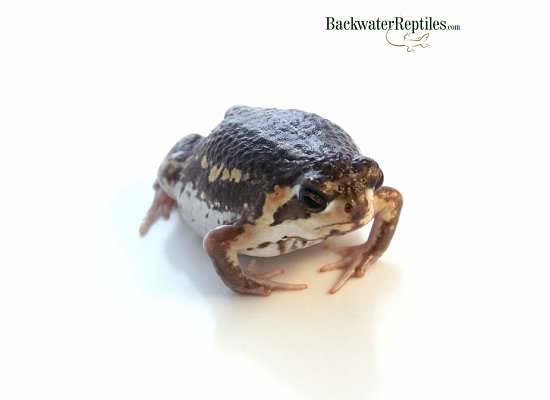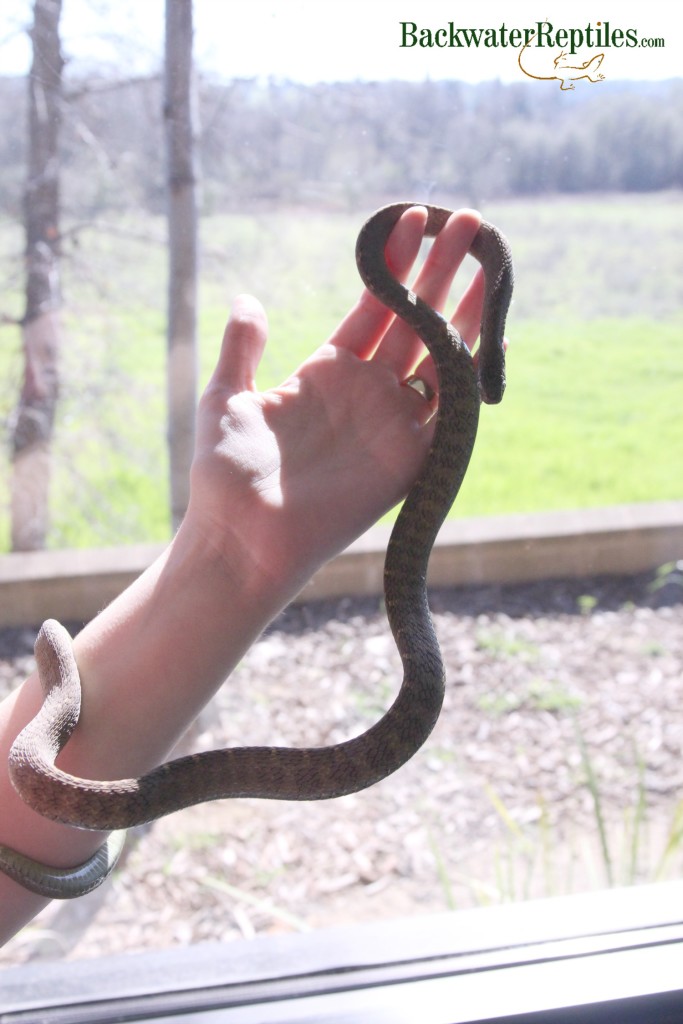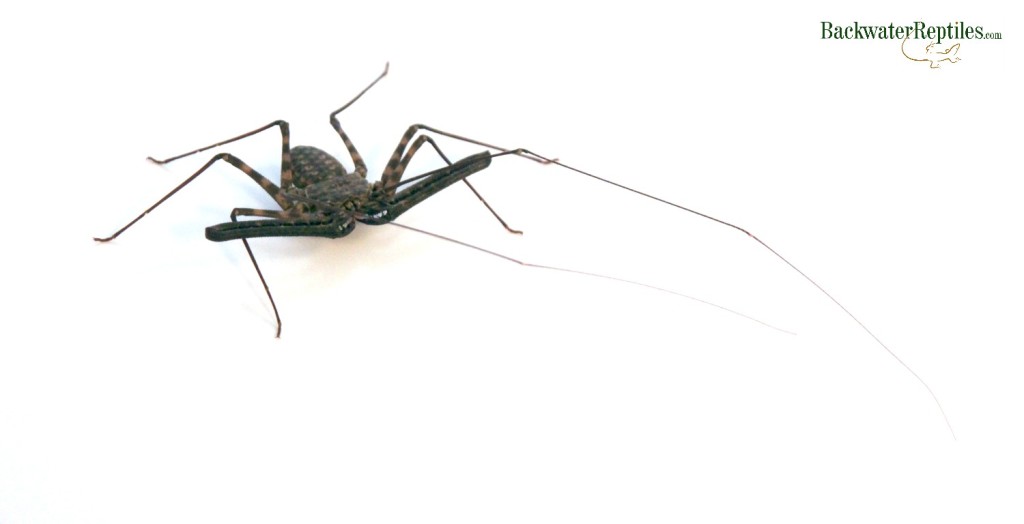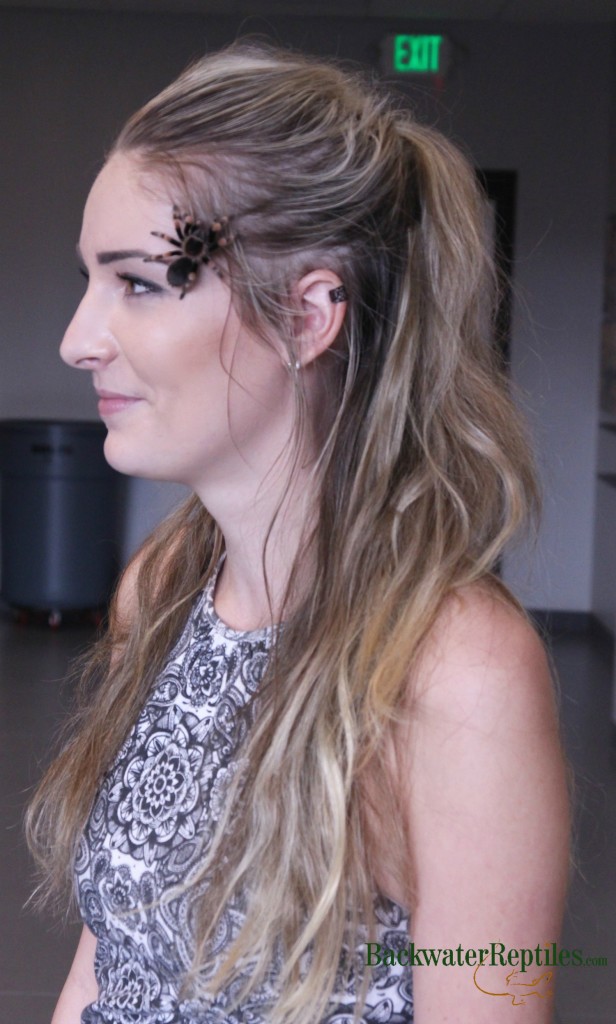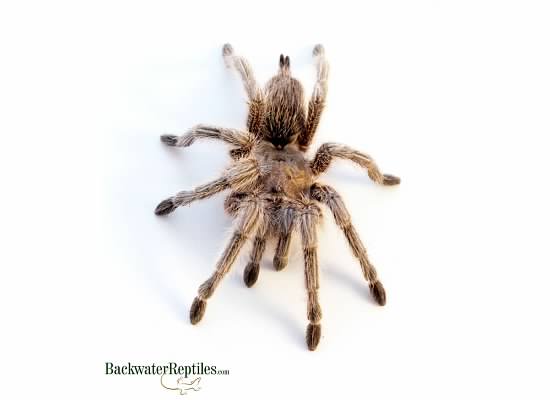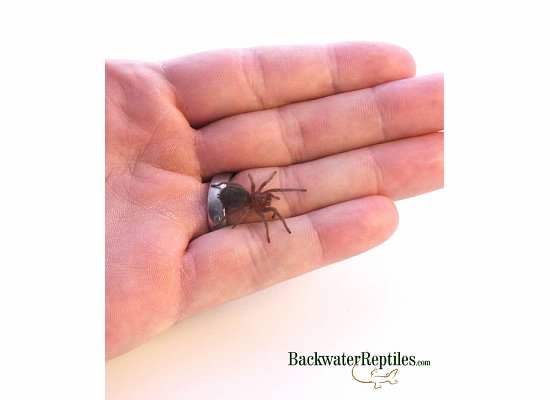Bearded dragons are extremely popular pet lizards. Not only are they well behaved, moderately-sized, trainable, interactive pet lizards, they’re also available in a multitude of morphs. We aim to list the most popular Bearded dragon morphs in the world for you.
Many morphs means you can essentially “customize” your bearded dragon to suit your personal aesthetics. With careful, selective breeding, bearded dragons have essentially become designer lizards.
Some people might feel overwhelmed by the vast number of bearded dragon morphs available on the market today. What do all the descriptive terms mean and how do you choose which lizard you want?
In this article, we’ll lay out the most popular morphs and describe them in detail. Keep in mind that because these are all the same lizard, temperament, personality, and care requirements are all the same. These animals are only different in physical appearance.
Normal Bearded Dragon
Normal or standard Beardies are not necessarily one specific color. They can be a mixture of yellow, brown, red, orange, and tan.
Genetically, they are the result of a breeding between two dragons with different traits. In other words, they come from breeding a “normal” with a “pastel” or a “red” with a “normal.”

As far as price point goes, these are the most inexpensive beardies since no special genetic pairings are required to produce a normal.
And don’t let the name “normal” fool you. They can be quite stunning in coloration and markings just like any of the other morphs.
Pastel Bearded Dragon
A pastel Beardie is lighter in color. They are bred to have reduced pigmentation in their scales with fainter patterns and high lights. Often times, this morph’s nails are translucent too.

This means that a pastel red bearded dragon will express muted red tones in its scales. Similarly, a pastel yellow Beardie will be much less of a vibrant yellow.
This morph is also known as “hypo” which refers to the lack of pigmentation present in the lizard’s skin.
Leatherback Bearded Dragon
Leatherbacks are interesting because in addition to being very vibrant in coloration, they actually have a different texture than a normal bearded dragon.
The name “leatherback” actually comes from this Beardie’s smooth back. It has no spikes on its back like a normal dragon, although it does have a fringe of spikes along its sides and on its head.
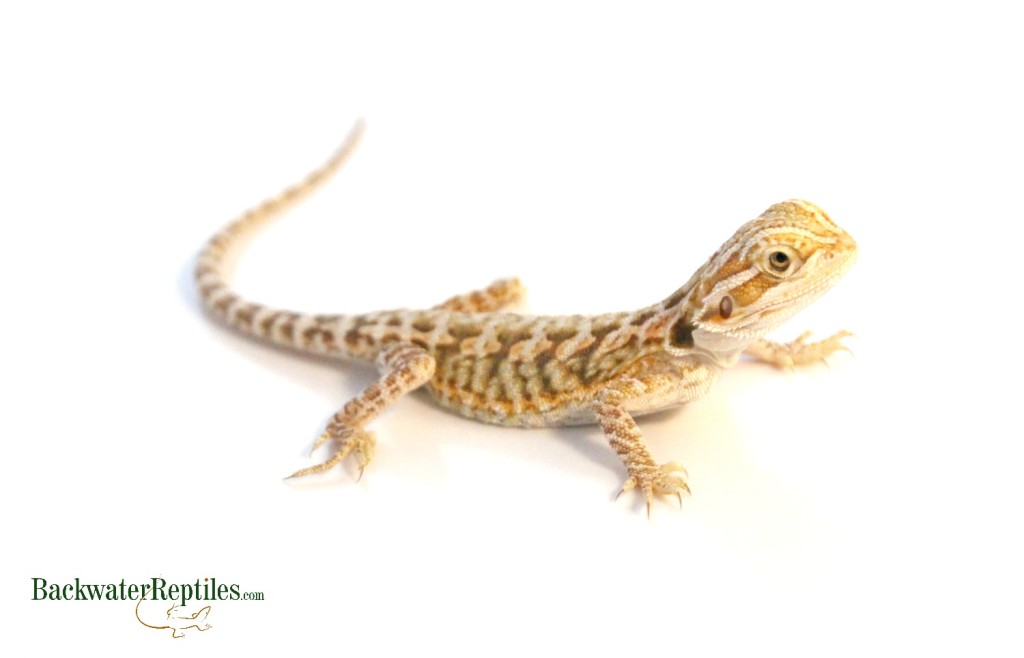
The scientific reason leatherbacks have smooth backs is because they actually have smaller scales on their backs which makes them feel smoother. Because the scales are smaller, they also seemingly pack more pigment in, thus making the Beardie appear more vibrant.
Silky Bearded Dragon
Out of all the bearded dragon morphs, silkies or silkbacks are the most unique in physical appearance and the easiest to distinguish at a single glance.
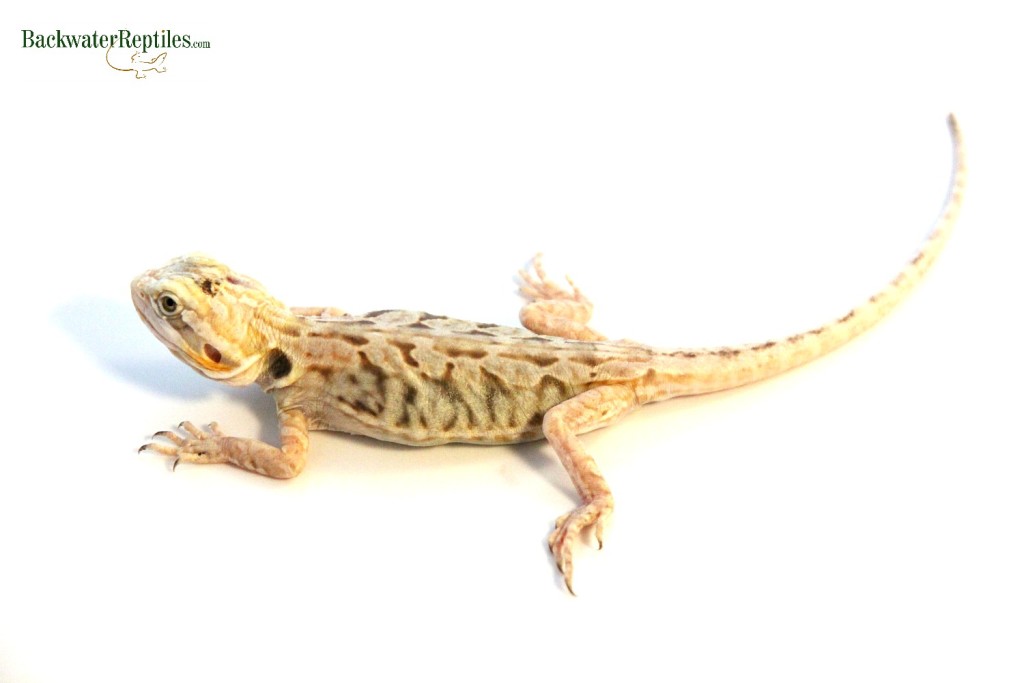
Silkies are essentially smooth, hence their morph name. They almost feel and look like they have proper skin instead of scales, although this is not the case. In reality, silkies are the result of a cross between two leatherbacks with the end result being a lizard that is doubly smooth because its scales are doubly small.
Although silkies can be bred to be a variety of different colors, they will almost always be more bold and vibrant than most other morphs.
Red Bearded Dragon
A red bearded dragon is exactly what it sounds like – a red lizard. The red color can be bright like a tomato or duller like a brick. Just keep in mind that the more outrageous the red color of the Beardie, the more costly it will generally be.
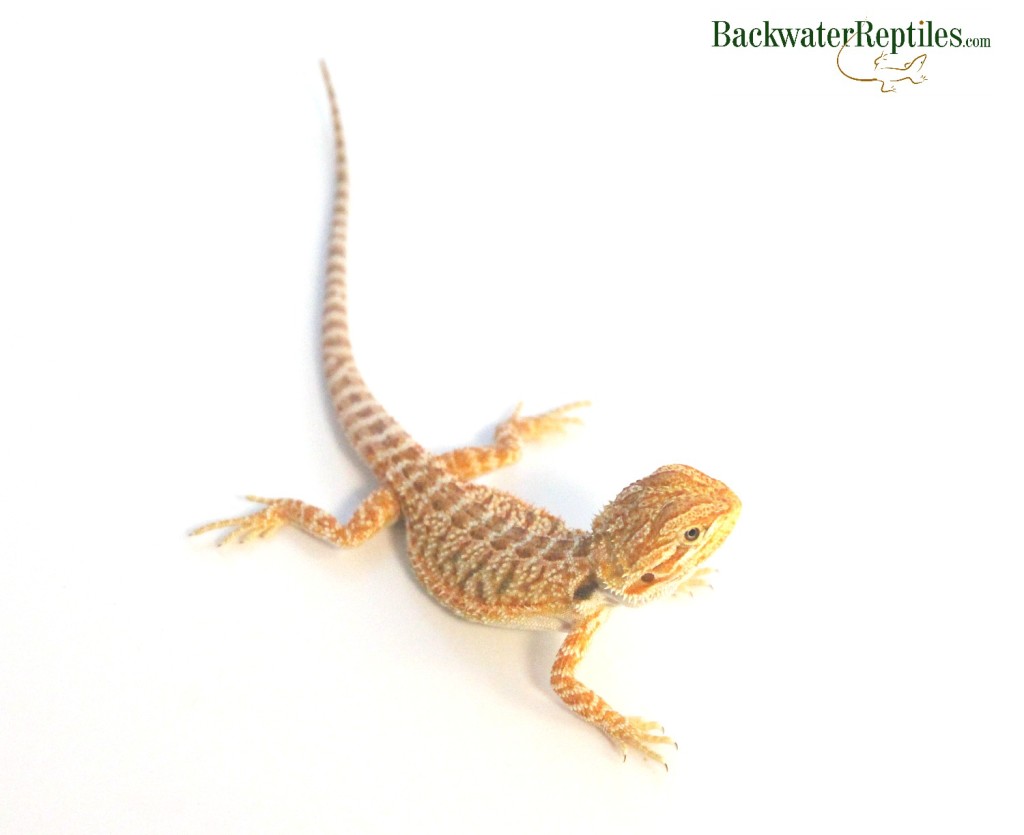
It should also be noted that the red morph term can be combined with other morph traits. For example, you can have a Beardie that is a “red leatherback” or a “red silky” or even a “red translucent.” The red name is mostly a modifier, although it can also be the main descriptive element in the type of Beardie.
Conclusion
Ultimately, it doesn’t matter what color or morph your bearded dragon is. All beardies are great pet lizards that enjoy interacting with people. Which morph you end up choosing will be largely based on your personal preference and budget.
Made a decision which morph you want? Or are you ready to check out more morphs than the ones listed in this article? Head to the Backwater Reptiles website and check out all the bearded dragon morphs we sell!

